Cashew Classification: Complete guide to Cashew Grading & Cashews Classification
Introduction
Cashew classification is the systematic process of sorting and grading cashew kernels based on various quality parameters including size, color, and wholeness. This critical step in cashew processing determines the commercial value and market acceptance of the final product.
Cashew classification involves systematically categorizing cashew kernels based on specific parameters including:
- Size (count per pound)
- Color (white, scorched, or dessert)
- Wholeness (whole, split, or broken pieces)
- Quality (presence/absence of defects)
- Moisture content
- Foreign matter contamination

Importance of Cashew Classification
Commercial Value
Classification directly impacts pricing, with whole, white kernels commanding premium prices in international markets. The grade W320 (indicating 320 kernels per pound) serves as the commercial reference point for pricing.
Quality Assurance
Proper classification ensures:
- Consistent product quality
- Meeting international trade standards
- Customer satisfaction
- Better inventory management
- Optimal pricing strategies
Market Access
Different markets prefer specific grades:
- US market: W210, W240, W320
- European market: W320, W450
- Middle East: W180, W210
- Asian markets: Varied preferences including broken grades
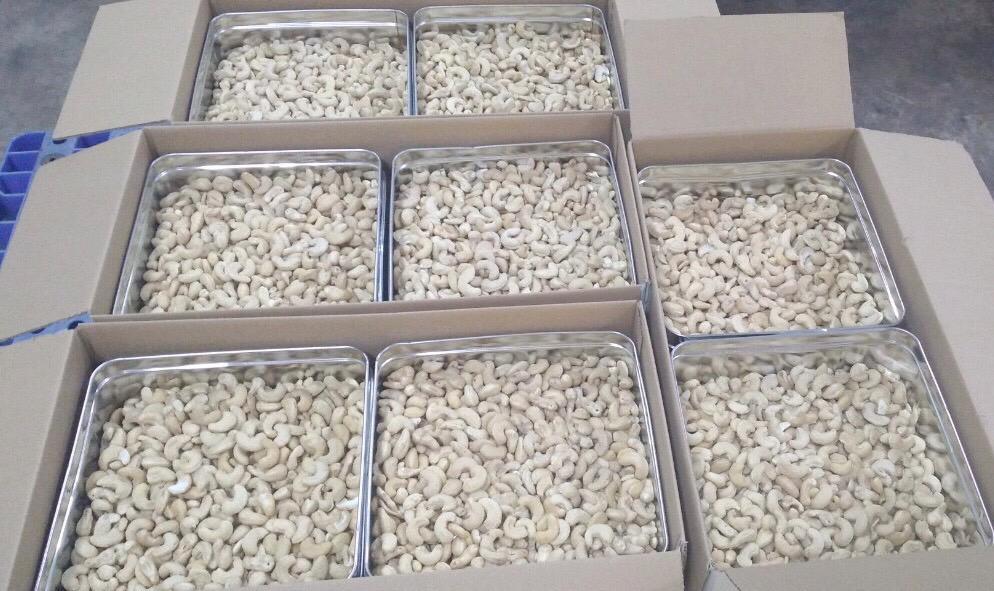
Standard Classification Parameters
Size Grades
White whole kernels are classified by count per pound:
- W180 (Super Large): 170-180 kernels/lb
- W210 (Large): 200-210 kernels/lb
- W240: 220-240 kernels/lb
- W320: 300-320 kernels/lb
- W450: 400-450 kernels/lb
Broken Grades
- Butts: Kernels broken crosswise
- Splits: Kernels split naturally lengthwise
- Pieces: Various sized broken pieces
- Small pieces: Smaller fragments
- Baby bits: Very small pieces
Color Categories
- White wholes
- Scorched wholes
- Dessert wholes
- White pieces
- Scorched pieces
- Dessert pieces
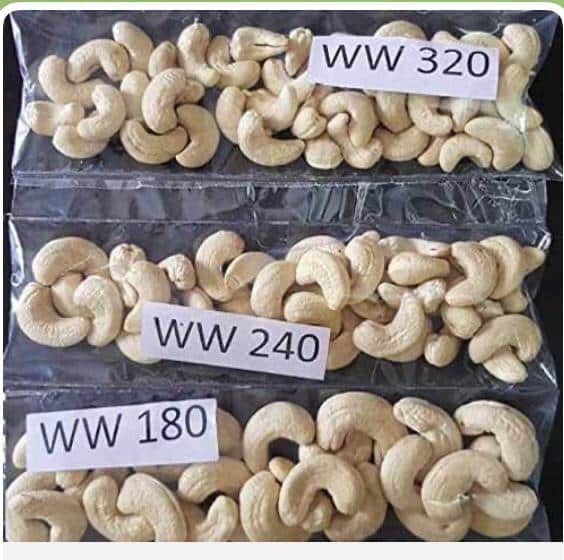
Traditional Classification Methods
Manual Sorting
Traditionally, classification is performed by skilled workers who:
- Sort kernels on blanket-covered tables
- Use adequate lighting for color assessment
- Separate kernels into different grades
- Verify counts through sample weighing
- Check moisture levels
Quality Control
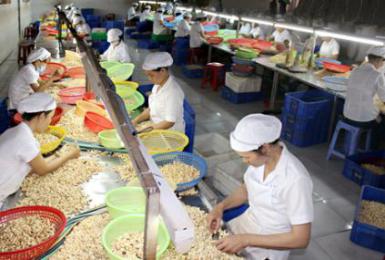
Modern Technology in Classification
- Regular weight checks of graded kernels
- Moisture content monitoring
- Cross-verification of grades
- Documentation of classification data
Automated Sorting Systems
Modern optical sorting machines use:
- High-resolution cameras
- LED lighting systems
- Air ejection mechanisms
- Computer processing units
- Conveyor systems
Key Features
- Multiple parameter detection
- High-speed processing
- Consistent grading accuracy
- Reduced labor dependency
- Data logging capabilities
AI Impact on Cashew Classification
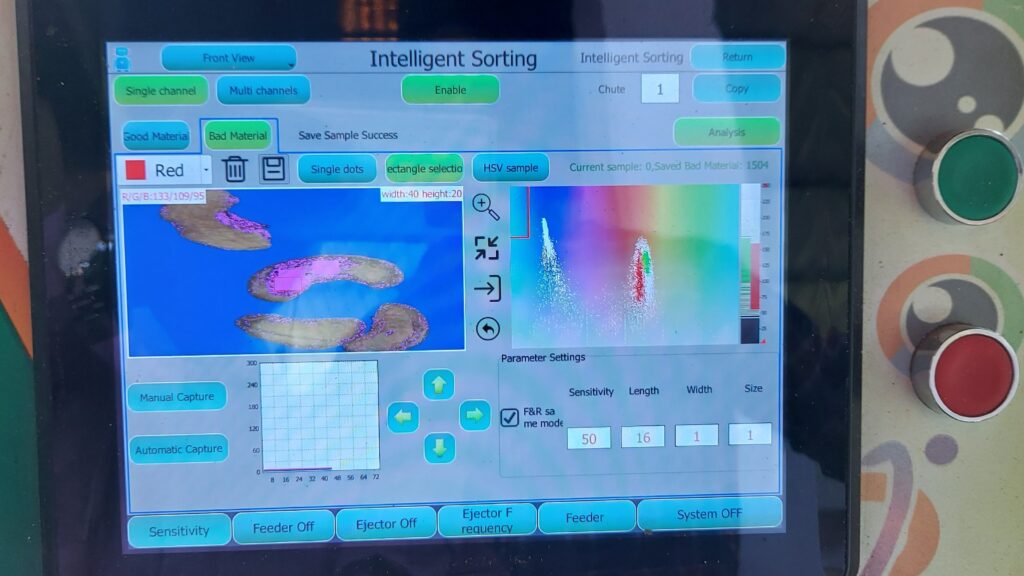
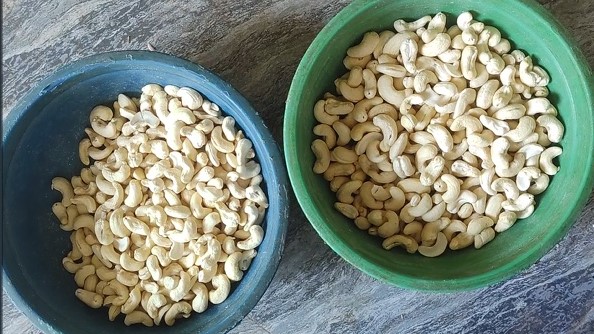
Current Applications
- Computer vision systems for size detection
- Color analysis algorithms
- Defect identification
- Grade prediction models
- Quality assessment
AI Advantages
- Increased Accuracy:
- Consistent grading decisions
- Minimal human error
- Precise size measurement
- Accurate color assessment
- Higher Efficiency:
- Faster processing speeds
- 24/7 operation capability
- Reduced labor costs
- Improved throughput
- Data Analytics:
- Real-time quality monitoring
- Trend analysis
- Yield optimization
- Process improvement insights
Future Developments
- Advanced AI Technologies:
- Deep learning algorithms
- Neural networks for classification
- Machine learning models
- Pattern recognition systems
- Integration Capabilities:
- IoT sensor integration
- Blockchain traceability
- Cloud-based monitoring
- Remote operation capabilities
- Quality Improvements:
- Enhanced defect detection
- Better foreign material identification
- More precise grading
- Improved consistency
Implementation Challenges
Technical Challenges
- High initial investment
- Technical expertise requirement
- System maintenance
- Regular calibration needs
Operational Challenges
- Worker training requirements
- Process adaptation
- Quality consistency
- System integration
Best Practices for Classification
Standard Operating Procedures
- Pre-classification:
- Proper drying of kernels
- Temperature control
- Humidity monitoring
- Clean working environment
- During Classification:
- Regular system calibration
- Quality checks
- Documentation
- Sample verification
- Post-classification:
- Grade verification
- Packaging controls
- Storage conditions
- Transportation requirements
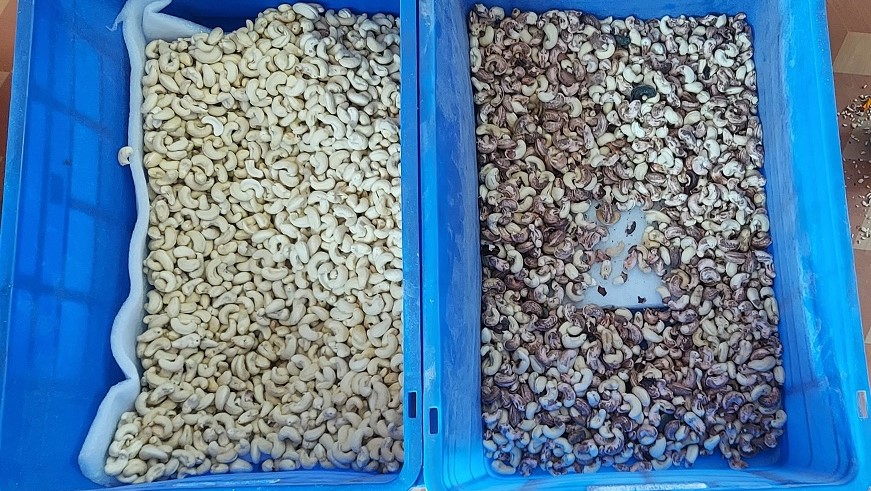
Cashew Classification and way forward.
Cashew classification is evolving from a manual process to an automated, AI-driven system. While traditional methods still have their place, particularly in smaller operations, the future clearly points toward increased automation and AI integration. This transformation promises improved accuracy, efficiency, and consistency in cashew classification, ultimately benefiting both processors and consumers.
The successful implementation of modern classification systems, particularly those incorporating AI, requires careful planning, adequate training, and proper maintenance. However, the benefits of improved quality, increased productivity, and better market competitiveness make this evolution necessary for the industry’s future growth and sustainability.
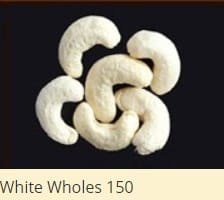
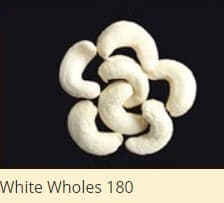
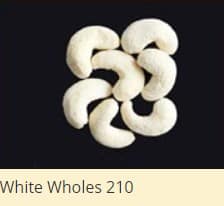
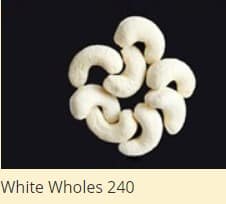
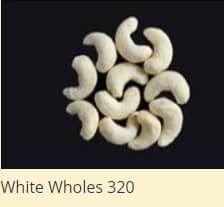
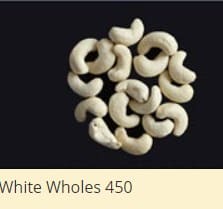
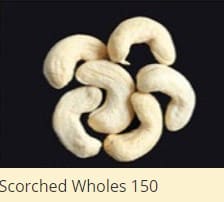
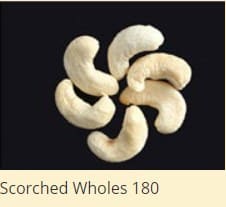
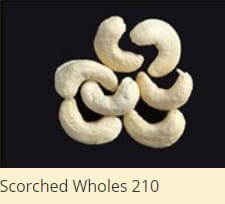
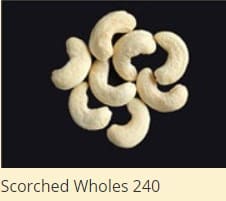
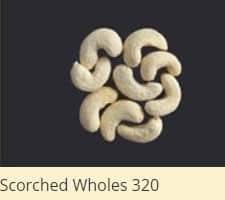
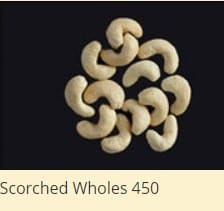
Classified Cashews | Cashew Nuts Shell and Kernels Classification
The cashew tree, scientifically known as Anacardium occidentale, is a tropical evergreen tree that belongs to the Anacardiaceae family. Anacardium occidentale is native to Brazil but is now cultivated in many warm regions around the world. Although cashews are usually classified as nuts, they are actually seeds that grow at the bottom of the cashew apple, which is the fruit of the Anacardium occidentale tree. The cashew apple is edible but highly perishable, so it is often left to rot, while the seeds, which we know as cashew nuts, are harvested and sold. Cashews are a popular health food and are widely used in a variety of sweet and savory dishes. The Anacardium occidentale tree is also known for its wood, which is sometimes used to make furniture or burned to provide light. If you visit a website about the classification of plants, you will likely find Anacardium occidentale listed under the Anacardiaceae family in the order Sapindales.
